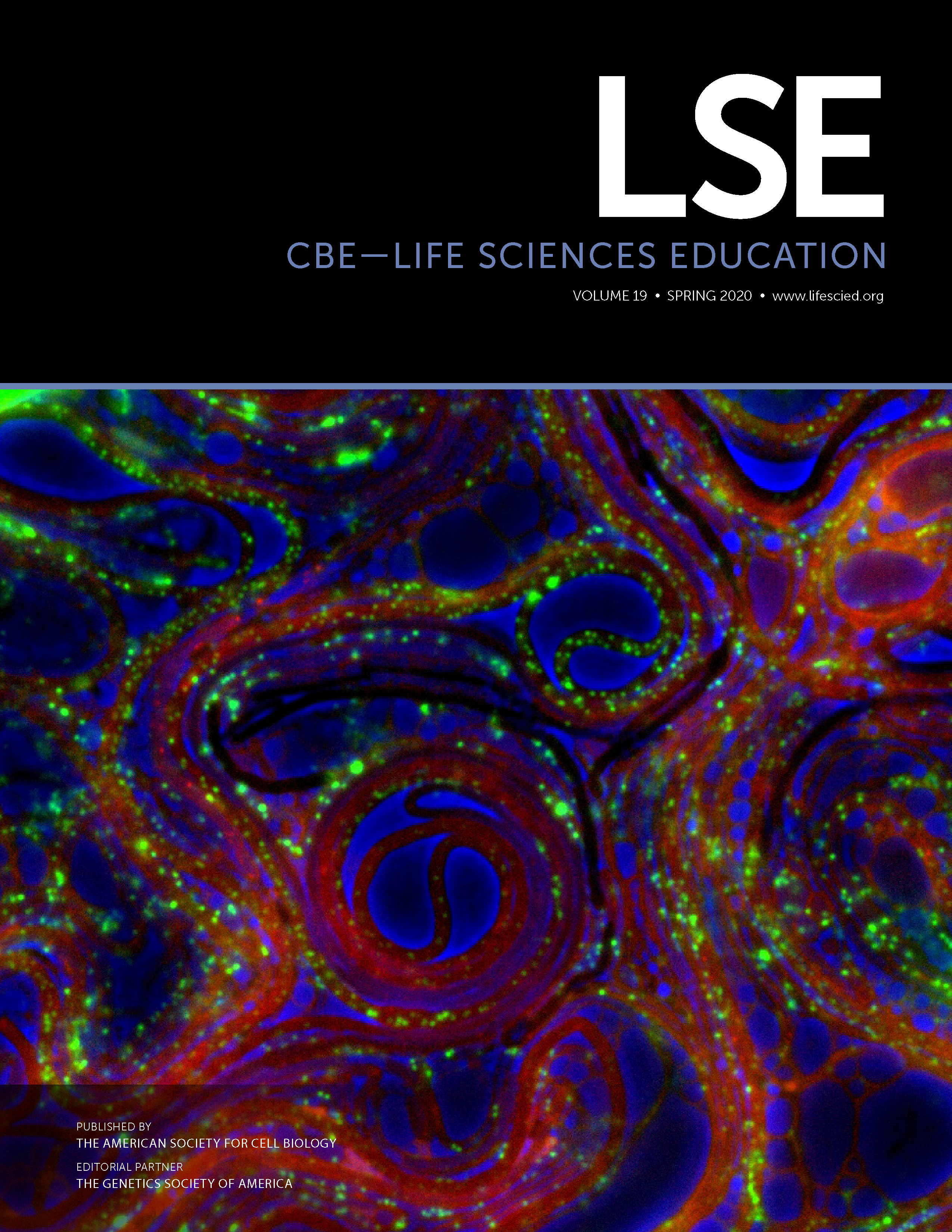Conceptual Characterization of Threshold Concepts in Student Explanations of Evolution by Natural Selection and Effects of Item Context
Abstract
Evolutionary theory explains a wide range of biological phenomena. Proper understanding of evolutionary mechanisms such as natural selection is therefore an essential goal for biology education. Unfortunately, natural selection has time and again proven difficult to teach and learn, and students’ resulting understanding is often characterized by misconceptions. Previous research has often focused on the importance of certain key concepts such as variation, differential survival, and change in population. However, so-called threshold concepts (randomness, probability, spatial scale, and temporal scales) have also been suggested to be important for understanding of natural selection, but there is currently limited knowledge about how students use these concepts. We sought to address this lack of knowledge by collecting responses to three different natural selection items from 247 university students from Sweden and Germany. Content analysis (deductive and inductive coding) and subsequent statistical analysis of their responses showed that they overall use some spatial scale indicators, such as individuals and populations, but less often randomness or probability in their explanations. However, frequencies of use of threshold concepts were affected by the item context (e.g., the biological taxa and trait gain or loss). The results suggest that the impact of threshold concepts, especially randomness and probability, on natural selection understanding should be further explored.



